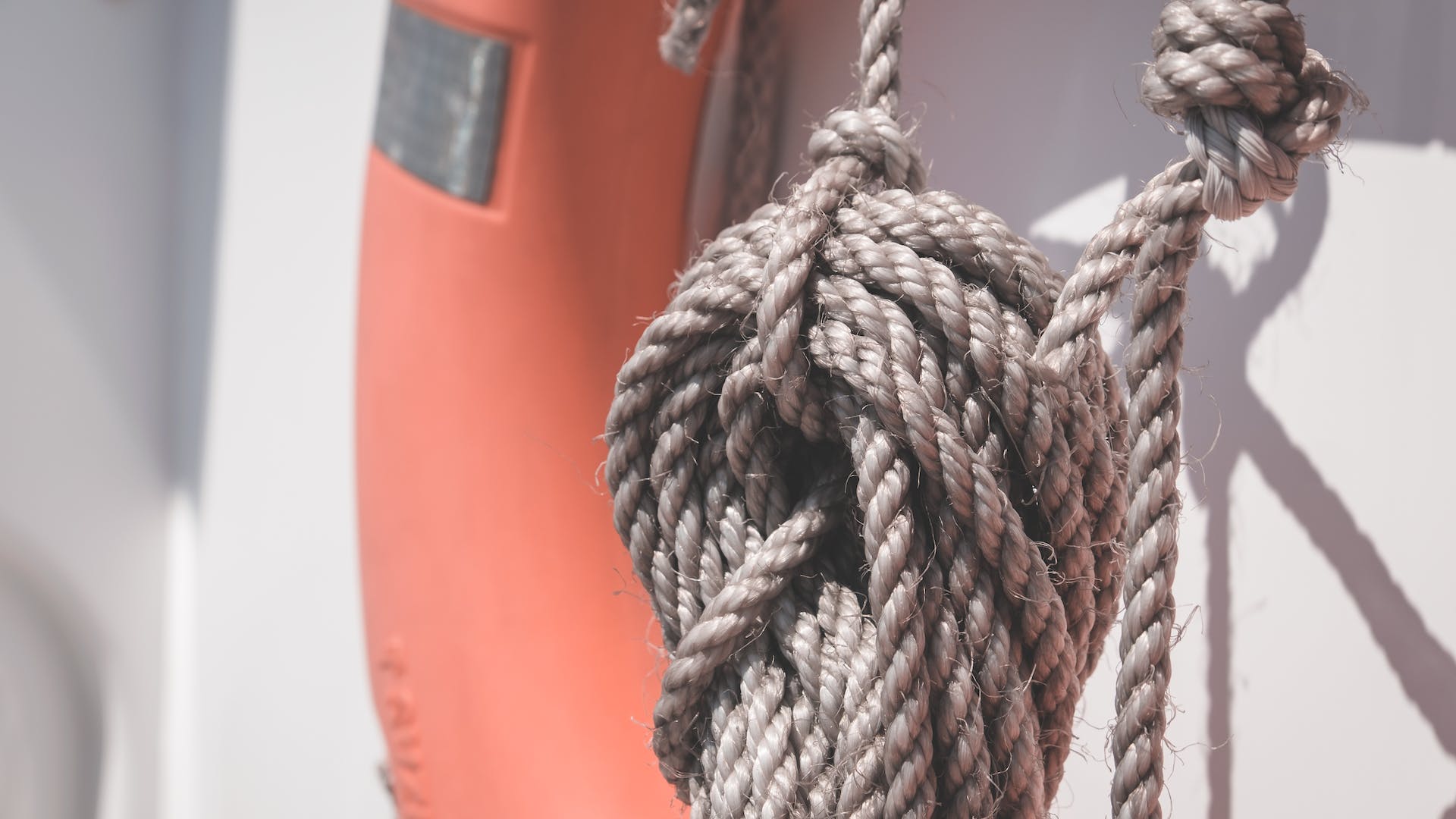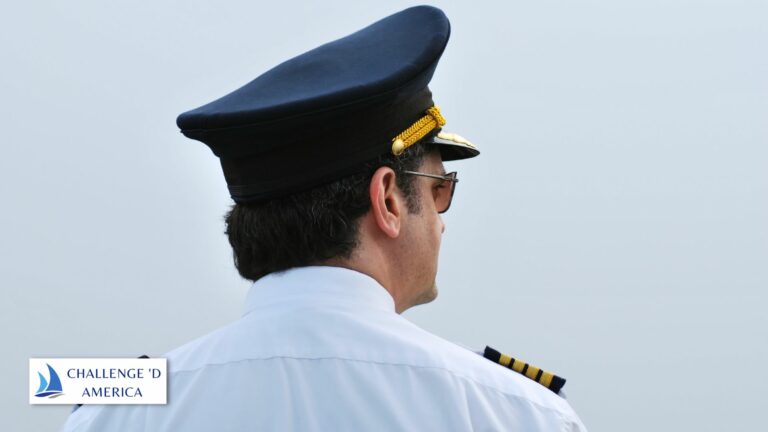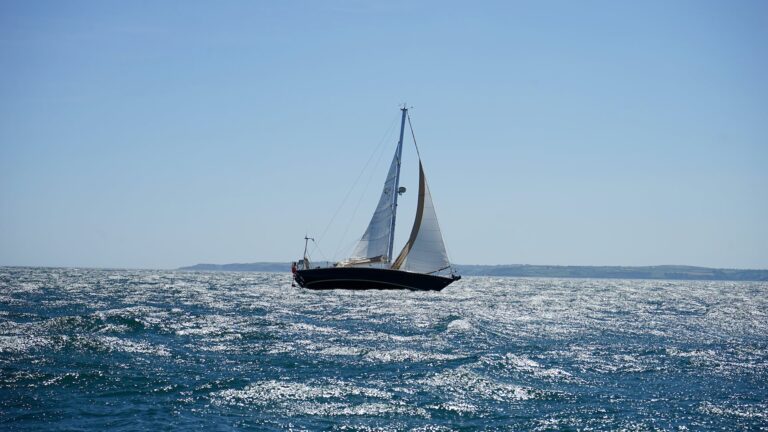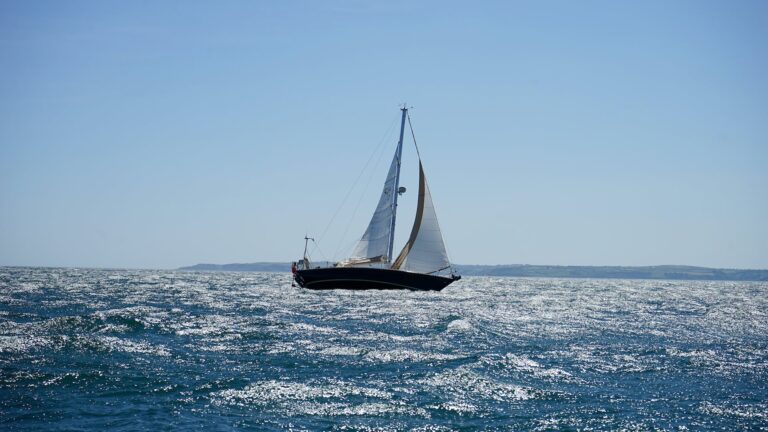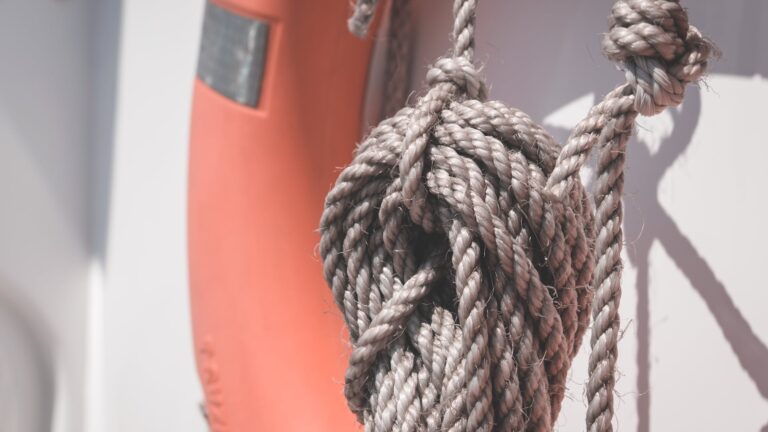What are good anchoring practices?
- Introduction
- Types of Anchoring
- The Sea Floor
- Anchor Chain Length
- Swinging Circle
- Proximity of Navigational Hazards
- Adequate Safety Distance to Nearest Vessels and Facilities
- Establishing a Holding Pattern
- Setting the Anchor
- Retrieving the Anchor
- Conclusion
Introduction
Anchoring a vessel is an important and necessary skill for anyone who sails, regardless of the type and size of the boat or yacht being used. Knowing how to anchor safely and securely is essential for all sailors, as it can provide relief from strong winds and waves while also enabling them to explore new areas around them more easily. In this article, we will discuss some good anchoring practices that should be followed when sailing in unfamiliar waters or during bad weather conditions. We will look at types of anchoring, the sea floor, anchor chain length, swinging circles, navigational hazards, adequate safety distances and establishing a holding pattern when setting and retrieving an anchor.
Types of Anchoring
There are several different types of anchoring that can be used depending on the conditions at hand and the type of vessel being used: permanent mooring, temporary mooring, swing mooring, deadman anchoring and dynamic anchoring systems such as anchors with trip lines or anchors with shock absorbers. Each type has its own advantages and disadvantages; understanding what they are is crucial in order to choose the correct one for your situation.
## The Sea Floor
The availability of adequate sea floor is an important factor when selecting an anchor type and setting the anchor correctly. The sea floor should be examined before setting an anchor in order to determine if it is suitable for holding the vessel in place; this can be done by measuring depth with a lead line or by using a depth sounder/fish finder if available. Additionally, it is important to note that certain seabeds may require specific types of anchors due to their composition such as rocks or sand; understanding this beforehand can help ensure a successful anchoring experience.
## Anchor Chain Length
The length of anchor chain needed for any given situation depends on several factors such as water depth, wind speed/direction and tidal currents; it should always be long enough to allow for movement should there be any changes in these conditions while also avoiding excessive drag caused by too much chain being out at once which can result in dragging over objects or other vessels nearby. Generally speaking, a minimum length of 3-5 times the water’s depth is recommended but this may vary depending on conditions so always use caution when selecting an appropriate length for your vessel’s particular situation at hand.
## Swinging Circle
The swinging circle is an area around the vessel which is determined by taking into account both the length of the anchor chain as well as the vessel’s Length Over All (LOA). This area should take into account any navigational hazards nearby as well as other vessels which could potentially cause damage if there was any sudden movement from either one due to changes in wind speed/direction or tidal currents; understanding what this circle looks like beforehand can help ensure safe anchoring practices are followed at all times while sailing in unfamiliar waters or during bad weather conditions.
## Proximity of Navigational Hazards
When sailing in unfamiliar waters or during bad weather conditions it is essential to take into account any navigational hazards which could potentially cause damage if not avoided; this includes reefs, rocks, sandbars etc., which can all pose a significant risk if not taken into consideration beforehand when establishing a holding pattern with the anchor setup being used at that particular time. Additionally, if possible it may be beneficial to take advantage of charts which illustrate various features found underwater such as depths and contours which can help identify potential dangers before they become an issue down the line while sailing in unfamiliar waters or during bad weather conditions .
## Adequate Safety Distance To Nearest Vessels And Facilities
In order to ensure no damage occurs due to changes in wind speed/direction or tidal currents when sailing in unfamiliar waters or during bad weather conditions it is important to maintain an adequate safety distance from any nearby vessels or navigational facilities such as docks etc., especially when using temporary moorings which have less holding power than permanent solutions would provide; a minimum distance of one nautical mile is generally considered safe enough but this may vary depending on specific circumstances so use caution when determining what constitutes an acceptable level of safety distance between vessels and facilities while sailing in unfamiliar waters or during bad weather conditions .
## Establishing A Holding Pattern When Setting The Anchor
Once all factors have been taken into consideration such as sea floor composition/depth, navigational hazards etc., then it’s time to establish a holding pattern with your chosen anchorage setup; this involves setting out enough chain so that even if there are changes in wind speed/direction or tidal currents then there will still be adequate holding power provided by your chosen setup while also avoiding excessive drag caused by too much chain out at once which could potentially cause dragging over objects nearby . Establishing a good holding pattern requires knowledge about both anchors themselves as well as local environmental factors so always use caution when determining what works best for each individual situation you may find yourself in while sailing in unfamiliar waters or during bad weather conditions .
## Setting The Anchor
Once you have established a suitable holding pattern then it’s time to set your anchor; first make sure that you have selected an appropriate type based on seabed composition/depth etc., then check that you have enough chain out for adequate holding power without causing excessive drag (see above). Finally secure everything onboard before lowering your anchor carefully into position making sure not to snag it on nearby objects such as rocks etc.; once securely set then double check everything before proceeding further with other tasks related to your voyage .
## Retrieving The Anchor
Retrieving your anchor after having established a secure hold requires just as much caution; first make sure that all lines are clear before attempting retrieval (this includes anything attached directly onto the anchor itself) then start bringing up slowly allowing slack between each turn until approximately half way up then increase speed slightly until completely retrieved onboard ; once onboard make sure everything is secure before starting up engines again .
## Conclusion
In conclusion , good anchoring practices are essential for all sailors regardless of experience level since they help ensure safe operations no matter where you find yourself sailing ; understanding different types of anchors , sea floor composition/depth , anchor chain length , swinging circles , navigational hazards , adequate safety distances from facilities , establishing a suitable holding pattern and setting/retrieving correctly are all key aspects that need attention whenever trying out new destinations . Always use caution when determining which solutions work best for each individual situation since not all solutions work equally well everywhere ; additionally having knowledge about local environmental factors can help determine appropriate setups beforehand thus avoiding unexpected situations later down the line .

